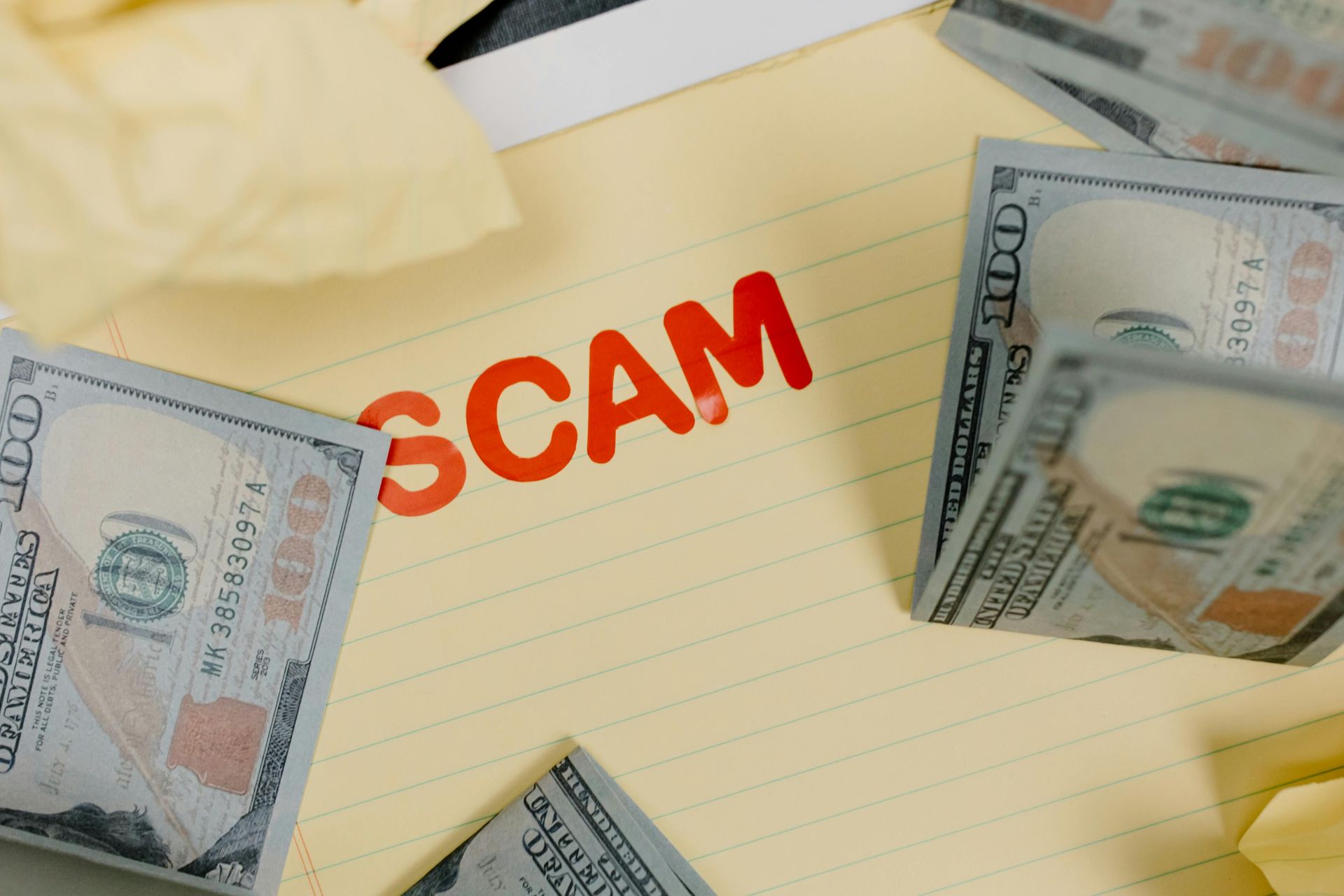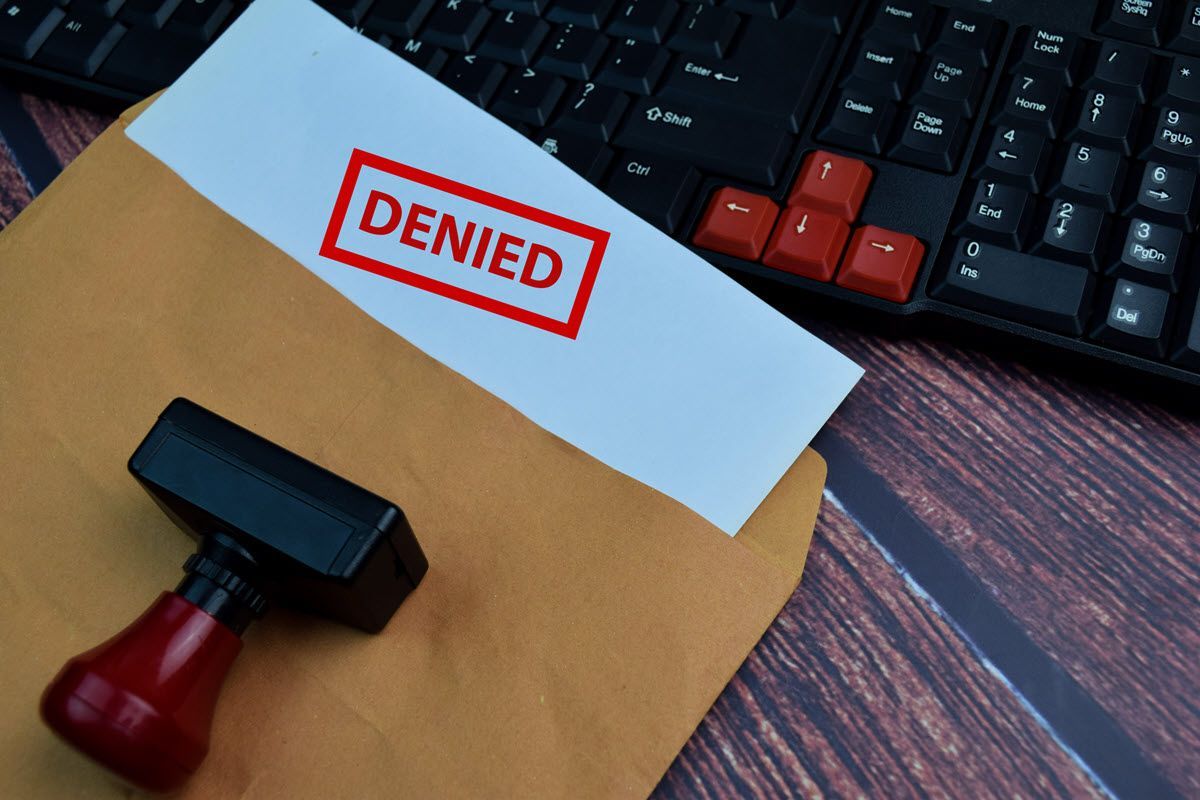What Medicare Part D Users Can Expect in 2026
Mike Smith | October 20, 2025

In 2026, Medicare beneficiaries with Part D prescription drug coverage will see major changes—thanks to the continued rollout of the Inflation Reduction Act (IRA). These changes are designed to lower out-of-pocket drug costs, improve predictability, and increase access to lifesaving medications.
Here’s what Part D users can expect in 2026:
1. Out-of-Pocket Costs Capped at $2,100 (Adjusted for Inflation)
In 2025, the annual cap on out-of-pocket drug costs is set at $2,000. In 2026, that cap will increase slightly to $2,100, as indexed for inflation.
Once you reach this threshold, you will pay $0 for covered Part D prescription drugs for the rest of the year—no coinsurance or copays.
What this means for you:
- Predictable yearly drug costs
- No more catastrophic phase or the so-called “donut hole”
- Major savings for those with expensive medications
2. Medicare Will Start Negotiating Drug Prices
Starting in 2026, Medicare will implement its first negotiated drug prices for certain high-cost medications covered under Part D.
These will initially include 10 brand-name drugs with the highest total spending in the Medicare program.
The first 10 drugs selected for Medicare negotiation are: Eliquis, Jardiance, Xarelto, Januvia, Farxiga, Entresto, Enbrel, Imbruvica, Stelara, Fiasp / NovoLog.
These drugs were selected because they account for billions in Medicare spending each year, and do not yet have generic alternatives.
What this means for you:
- Lower out-of-pocket costs if you take one of these drugs
- Improved transparency around drug pricing
The negotiated prices will take effect January 1, 2026. Additional drugs will be added to this list in the years to follow.
3. Monthly Payment Option for Out-of-Pocket Costs
If paying up to $2,100 all at once sounds daunting, you’ll have another option.
In 2025, Medicare introduced the Prescription Payment Plan (PPP), which allows you to spread out your Part D out-of-pocket costs across the calendar year.
What this means for you:
- You can choose to make monthly payments instead of large up-front costs
- Easier to budget and manage finances throughout the year
- Enrollment is optional—you can opt in or out as needed
- Starting in 2026, if you are enrolled in the PPP, you will automatically be enrolled in the PPP the following year.
4. Insulin and Vaccine Cost Caps Continue
Even as the broader cap changes with inflation, these key protections remain in place:
- The insulin cap in 2026 will be the lowest of $35, 25% of negotiated price, or 25% of maximum fair price
- CDC-recommended adult vaccines (like shingles and Tdap) stay free with no copay or deductible.
5. Stricter Limits on Price Increases
Drug manufacturers will now face penalties if they raise prices faster than the rate of inflation for Medicare-covered drugs. This rule began in 2023, but will have stronger visibility and impact by 2026.
Coming Down the Road After 2026:
- More drugs will be added to Medicare’s negotiation list annually.
- By 2029, up to 60 Part D and Part B drugs may have negotiated prices.








